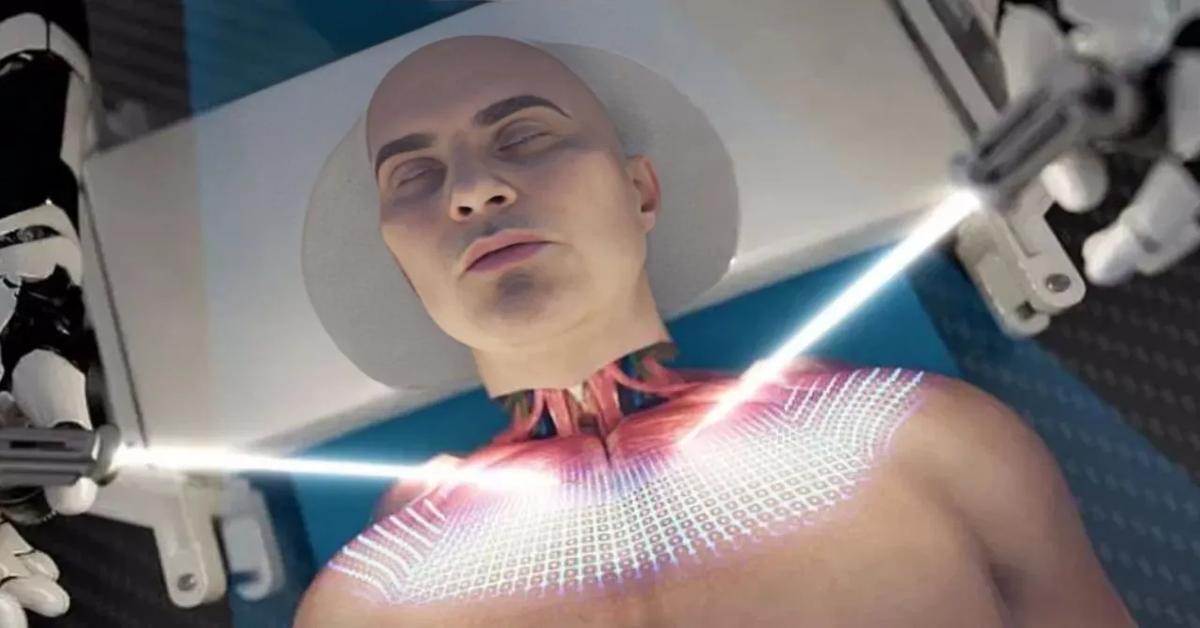Ethical challenges surround AI-driven head transplant system

BrainBridge, a pioneering neuroscience and biomedical engineering startup, has announced a groundbreaking concept for a head transplant system.
This innovative approach utilizes advanced robotics, artificial intelligence (AI), and real-time molecular-level imaging to transfer a patient’s head onto a healthy donor body.
The system aims to offer renewed hope for individuals with terminal illnesses, neurodegenerative diseases, and paralysis by providing a new lease on life through whole-body transplantation.
The concept is still in its developmental phase and involves a sophisticated robotic system that would simultaneously remove the heads of both the donor and recipient.
AI and real-time molecular-level imaging would guide the precise reconnection of the spinal cord, nerves and blood vessels. The goal is to ensure a seamless transition and restore full bodily functions to the recipient.
Overcoming challenges, ethical considerations
One of the primary challenges BrainBridge faces is the current inability to fully repair nerve and spinal cord damage. The company is actively recruiting top specialists in various fields to address these obstacles and accelerate progress in spinal cord reconstruction and whole-body transplantation techniques.
According to Hashem Al-Ghaili, the project lead, the technology promises to push the boundaries of medical science and provide innovative solutions for life-threatening conditions.
The concept has sparked ethical debates, with experts highlighting the potential risks and complexities involved. The European Association of Neurosurgical Societies has previously declared head transplantation in humans unethical, citing the enormous risks and lack of solid evidence for the procedure’s feasibility.
Despite these concerns, BrainBridge emphasizes its commitment to rigorous scientific research and ethical standards. The company is engaging in open dialogue with the scientific community, policymakers and the public to address these issues.
Historical context of transplants, future prospects
The idea of head transplantation is not entirely new. Early attempts date back to the early 20th century, with notable experiments conducted by Dr. Vladimir Demikhov in the 1950s and Dr. Robert White in the 1970s.
However, these experiments highlighted significant challenges, particularly in reconnecting the spinal cord. More recently, controversial neurosurgeon Sergio Canavero claimed to have performed a head transplant between two deceased individuals, sparking further debate.
BrainBridge’s proposal represents a significant advancement in this field, leveraging modern technology to overcome past limitations.
The company aims to perform the first procedure within the next eight years and believes that this project could revolutionize healthcare, offering transformative treatments for severe medical conditions.
Expert opinions, public reaction to BrainBridge
While BrainBridge’s announcement has generated excitement, it has also faced skepticism from the medical community.
Dr. Ahmad Al Khleifat, a neuroscientist at King’s College London, called the concept a “gross oversimplification” of brain function and disease development.
Dr. Dean Burnett from Cardiff University described the proposal as “science fiction” and emphasized the numerous scientific and ethical hurdles that remain.
Despite these criticisms, the potential benefits of successful head transplantation cannot be ignored. If BrainBridge’s vision becomes a reality, it could provide life-altering solutions for individuals with otherwise untreatable conditions, fundamentally changing the landscape of modern medicine.



